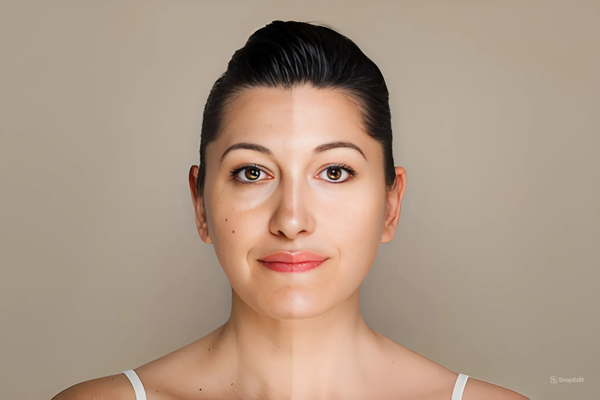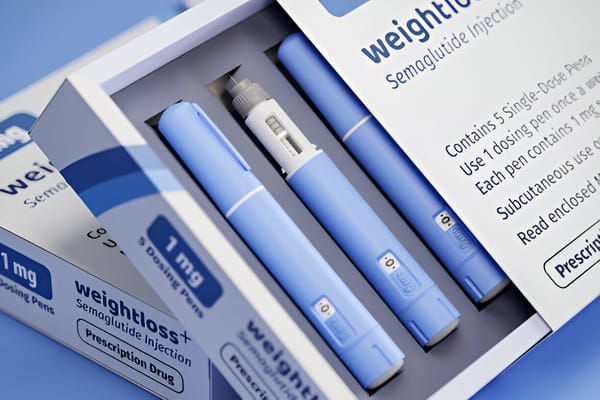Revolutionizing Anti-Aging Research: A Breakthrough in Human Cell Lifespan Testing
Breakthrough anti-aging research introduces two methods for measuring human cell lifespan, advancing drug discovery. These methods—Crystal Violet Outgrowth Assay and PICLS—enable efficient, high-throughput screening for compounds that extend healthspan, identifying new anti-aging drug candidates.

A groundbreaking study titled "PICLS with human cells is the first high throughput screening method for identifying novel compounds that extend lifespan" introduces two new methods to measure the lifespan of human cells. These methods could be game changers in the search for anti-aging drugs. Let’s break it down in a way that’s easy to understand.
Why This Research Matters
With people living longer than ever—the average life expectancy increased from 47 years in 1950 to 73 by 2020—the challenge now is to extend healthspan or the number of years we live free of disease. There’s a gap of about ten years between how long we live and how long we stay healthy. Age-related diseases like cancer, heart disease, and Alzheimer’s are taking a toll, not only on individuals but also on healthcare systems worldwide.
Researchers are looking for ways to delay aging and keep us healthier for longer. This study aims to find drugs that do just that, using new tests that work directly with human cells to identify compounds that could slow down aging.
A Quick Look at Longevity Research
Most aging research starts with yeast cells, which are simpler to study. Scientists measure how many times yeast cells divide (Replicative Lifespan) and how long non-dividing yeast cells can survive (Chronological Lifespan). These models have taught us a lot about aging, but yeast cells are not the same as human cells. To discover anti-aging drugs for people, we need to study human cells directly.
Two Methods for Measuring Human Cell Lifespan
The researchers developed two methods to track how long human cells live:
1. Crystal Violet Outgrowth Assay
In this method, human cells are starved to mimic the aging process. The cells are then placed in a fresh medium to see which ones can survive and grow. The surviving cells form colonies that are stained with a violet dye, allowing researchers to count them and determine cell viability.
- Pros: This method is affordable and offers a clear visual of cell survival.
- Cons: It takes about seven days to see results and involves multiple washing and staining steps, which can cause errors. It’s also not suited for testing large numbers of compounds quickly.
2. Propidium Iodide (PI) Assay in the PICLS Method
The second method is faster and more suited for high-throughput screening. It uses a dye called propidium iodide (PI), which binds to the DNA of dead cells. By measuring how much the cells glow (fluoresce), researchers can quickly assess cell death.
- Pros: This method is quicker, less expensive, and reduces errors from manual steps. It’s ideal for testing many compounds at once.
- Cons: While this method measures cell death, it doesn’t show how cells are dividing or growing. Some compounds that extend lifespan by mimicking calorie restriction won’t show up using this method.
Testing Anti-Aging Compounds
To see if these methods could identify anti-aging drugs, the researchers tested two known compounds:
- 2,5-anhydro-d-mannitol (2,5-AM): A sugar-like compound that has extended yeast lifespan.
- Rapamycin: A well-known drug that has been shown to increase lifespan in animals.
Both compounds increased the lifespan of human cells in these tests.
Next, the researchers screened 162 additional compounds using the faster PI method. They found three new potential anti-aging drugs:
- Plicamycin: A drug used to treat cancer.
- Copanlisib dihydrochloride: Used for treating lymphoma.
- Nedaplatin: A chemotherapy drug.
These drugs extended the lifespan of human cells by over 100%, making them exciting candidates for further research.
Why High-Throughput Screening (HTS) is a Game Changer
The PICLS HTS method, which uses the PI assay, allows researchers to test many compounds at once and get results in hours rather than weeks. This makes it much easier and faster to find new anti-aging compounds. The data is also highly accurate, making this method a valuable tool for drug discovery.
The Big Picture
This research marks a huge step forward in anti-aging science. The two methods introduced in this study provide powerful tools to find compounds that could extend human healthspan. While the crystal violet assay is useful for observing cell growth, the PICLS method is ideal for large-scale testing. Together, these methods offer exciting potential for identifying new drugs that could keep us healthier for longer.
Source
- Alfatah, M., Zhang, Y., Naaz, A. et al. PICLS with human cells is the first high throughput screening method for identifying novel compounds that extend lifespan. Biol Direct 19, 8 (2024). https://doi.org/10.1186/s13062-024-00455-4





